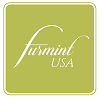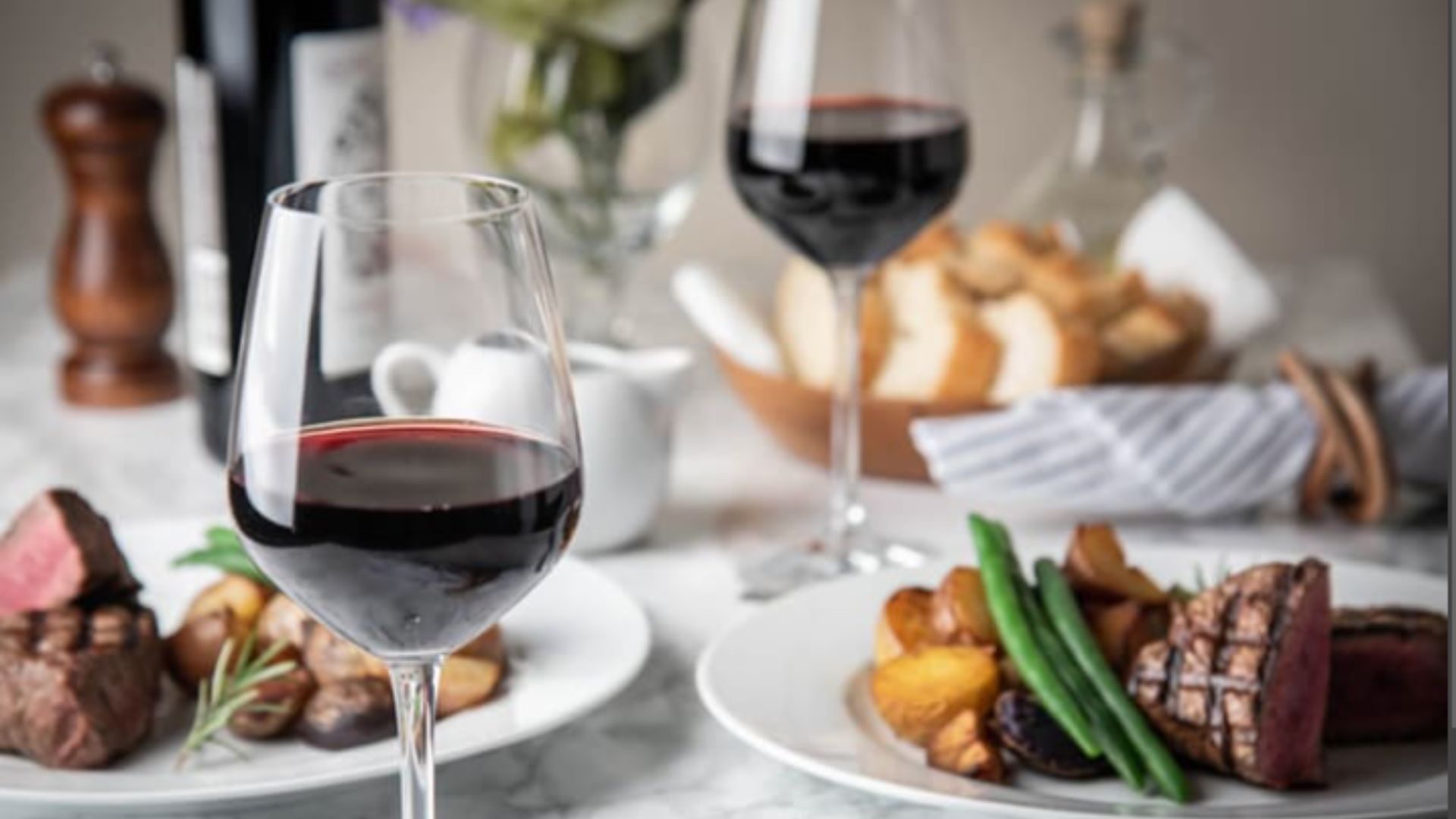Hungary, a country known for its rich cultural heritage and stunning landscapes, also boasts a remarkable tradition of fortified wines. Steeped in history and nurtured by generations of winemakers, these wines hold a special place in Hungary’s viticultural landscape. From the famed Tokaji to the lesser-known Egri Bikavér, Hungary’s fortified wines offer a diverse and fascinating journey for wine enthusiasts.
The Tokaji Elixir: A Sweet Sensation
Hungary’s most renowned fortified wine, Tokaji, has captured the hearts and palates of wine connoisseurs worldwide. This luscious elixir hails from the Tokaj-Hegyalja region, where the unique climate and indigenous Furmint and Hárslevelű grapes combine to create a sweet sensation.
Firstly, Tokaji’s hallmark is its “aszu” grapes, which are handpicked and affected by the “noble rot,” botrytis cinerea, which concentrates the sugars and flavors. Secondly, the grading system, ranging from three to six puttonyos (the traditional wooden hods used for collecting grapes), reflects the sweetness and complexity of the wine. In addition, Tokaji wines are renowned for their vibrant acidity, balancing the sweetness with a refreshing zing.
Egri Bikavér: Hungary’s Bull’s Blood
While Tokaji steals the limelight, Hungary’s Egri Bikavér, or “Bull’s Blood,” is a hidden gem. This robust red wine hails from the Eger wine region and derives its unique name from a historical legend involving Hungarian warriors mixing their wine with bull’s blood for courage.
Contrary to popular belief, there’s no actual blood in this wine. Moreover, Egri Bikavér is a blend of various red grape varieties, including Kékfrankos, Kadarka, and Kevidinka, resulting in a harmonious, full-bodied wine with notes of dark fruit, spices, and a hint of tannins.
Unveiling the Beauty of Szamorodni
Transitioning from red to white, Szamorodni is another delightful fortified wine Hungary has to offer. Primarily, this wine originates from the Tokaj-Hegyalja region, much like Tokaji, but it boasts a different character. In contrast, Szamorodni can be either sweet or dry, depending on the winemaking process.
Sip on the Elegance of Sherry-Style Wines
Hungary’s fortified wine repertoire also includes Sherry-style wines, often referred to as “Kéki.” In contrast to the traditional Sherry, these Hungarian gems are made from Furmint and Hárslevelű grapes. Therefore, lending them a unique terroir-driven character.
One key distinction is the use of the solera system in aging, which imparts depth and complexity to the wines. Moreover, the oxidative aging process under a layer of yeast creates distinct nutty and saline notes, reminiscent of traditional Sherry.

The Rediscovery of Szepsy Wines
Transitioning to a niche within the fortified wine category, Szepsy wines deserve special attention. Initially, these wines are the brainchild of István Szepsy, a visionary winemaker known for his commitment to preserving indigenous Hungarian grape varieties.
On the one hand, Szepsy wines showcase the incredible potential of grape varieties like Furmint, Hárslevelű, and Sárgamuskotály. On the other hand, they employ traditional winemaking techniques, including barrel aging, to produce rich, complex, and age-worthy wines that capture the essence of their terroir.
Conclusion
In conclusion, Hungary’s fortified wines offer a tantalizing journey through centuries of winemaking expertise and unique terroirs. From the internationally acclaimed Tokaji to the intriguing Egri Bikavér and the multifaceted Szamorodni and Sherry-style wines, Hungary’s viticultural diversity is something to behold. Play different blackjack variations when you visit casino sites of your choice.




